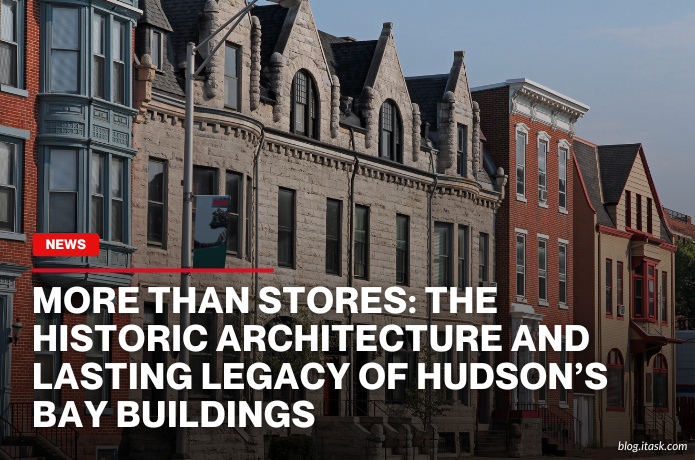More Than Stores: The Historic Architecture and Lasting Legacy of Hudson’s Bay Buildings
More Than Stores: The Historic Architecture and Lasting Legacy of Hudson’s Bay Buildings

The Hudson's Bay Company (HBC) has left an indelible mark on Canada's architectural landscape with its grand department stores. These buildings not only served as retail hubs but also as cultural landmarks, reflecting the evolution of Canadian cities. As HBC faces financial challenges, the future of these historic structures has become a topic of national interest.
In Calgary, the HBC store opened in 1913 as part of the "Original Six" department stores in Western Canada. Designed by architects Burke, Horwood and White, the six-story building featured a terra-cotta facade and an arcade wrapping around its south and east sides. This design set a precedent for subsequent HBC stores in cities like Edmonton, Saskatoon, Vancouver, Victoria, and Winnipeg.
Vancouver's Bay Building, completed in 1927, stands as a testament to the Beaux-Arts architectural style. Clad in cream terra cotta with Corinthian columns, the six-story structure occupies a full city block at Granville and Georgia Streets. Its grandeur symbolized the city's economic growth during that era.
In Winnipeg, the HBC building opened its doors in 1926. Designed by Montreal architect Ernest Isbell Barott, the six-story structure was the largest poured reinforced concrete building in Canada at the time. Its exterior, adorned with Manitoba Tyndall limestone, showcased local materials and craftsmanship. The building became a municipally designated historic structure in 2019.
Toronto's flagship store, originally the Simpson's department store, opened in 1896. Designed by the firm Burke and Horwood, the building features a Neo-Romanesque style with Chicago School influences. Spanning 70,000 square meters of selling space, it remains one of Canada's largest department stores. In 2014, HBC sold the building to Cadillac Fairview, integrating it with the Toronto Eaton Centre.
Montreal's Henry Morgan Building, now known as Hudson's Bay Montreal Downtown, opened in 1891. Designed by American architect John Pierce Hill, the Neo-Romanesque structure was constructed from imported Scottish Old Red Sandstone. Over the years, it underwent several expansions, reflecting the city's dynamic growth and the store's enduring presence.
As HBC navigates its financial future, these architectural landmarks stand as reminders of the company's historical significance. The potential repurposing or loss of these buildings raises questions about preserving Canada's architectural heritage and the role these structures play in the urban fabric of Canadian cities.
